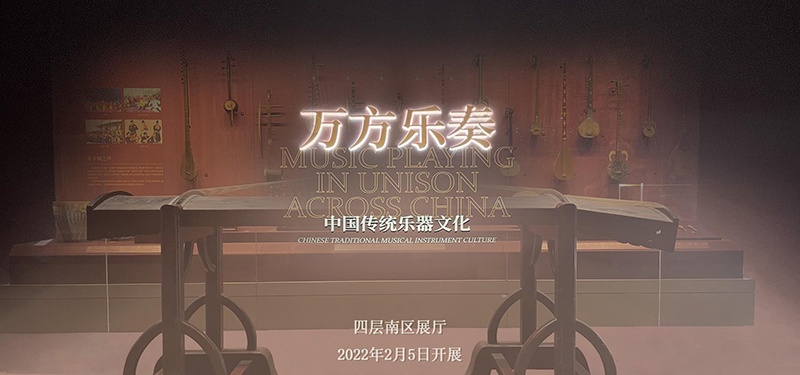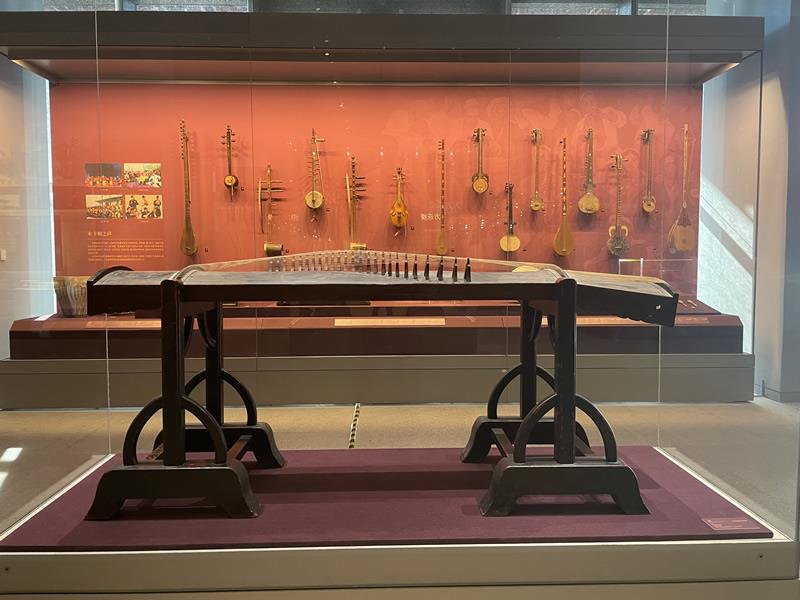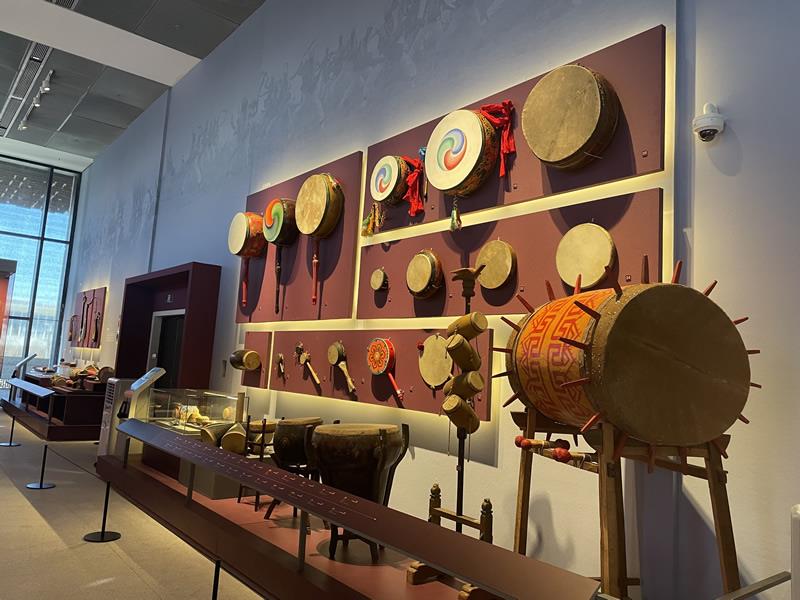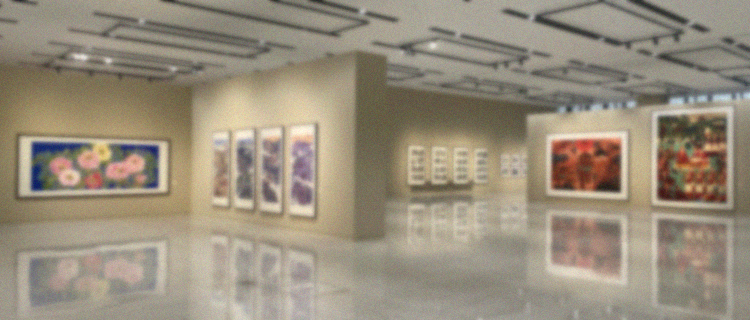Music Playing in Unison Across China: Chinese Traditional Musical Instrument Culture
2022-02-05
The culture of Chinese traditional musical instruments boasts a long and profound history. The Jiahu bone flute from Wuyang, Henan province, has existed for 8,000 to 9,000 years.
With extraordinary wisdom, the ancient Chinese people created a diverse family of musical instruments. Historical records in pre-Qin period, the time before the the Qin Dynasty was established in 221 BC, document over 60 types of musical instruments, and 20th-century archaeological discoveries have confirmed their splendor: bells and chimes made of metal and stone have been found in Jingchu, a region in China, primarily referring to an area encompassing parts of modern-day Hubei and Hunan provinces; the guqin, a seven-string zither, and se, a 25-string plucked instrument, in Jianghan, the region in China centered around the confluence of the Yangtze and the Hanjiang rivers; bronze percussion instruments in the states of Qin and Jin during the Spring and Autumn Period (770-476 BC) of Chinese history; and flutes, xiao, sheng and yu in Central China.
The “Eight Sounds” method is the world's earliest classification of musical instruments, categorized by materials: metal, stone, silk, bamboo, gourd, earth, leather and wood. Metal instruments, such as the sonorous and resonant bronze bells of Marquis Yi of Zeng, have become emblematic of Chinese ritual and musical civilization, with their solemn and dignified forms evolving into the musical emblem of China.

Musical instruments are evidence of cultural exchange among ethnic groups. During the Han (206 BC-AD 220) and Tang (618-907) dynasties, instruments such as the pipa, bili, konghou, huqin and suona from the Silk Road were assimilated into Chinese culture, demonstrating the inclusiveness of Chinese culture.
Since the Song and Yuan dynasties (960-1368), traditional musical genres have flourished. These genres, known as musical forms, are regionally and ethnically distinctive, such as the "Sizhu" in Jiangnan, the "Lusheng" (reed pipes) in bamboo villages, the "Nanyin" of Fujian, the "Muqam" of the Xinjiang Uygur autonomous region, the "New Year Drums" of eastern Zhejiang, and the "hard strings and soft bows" of Guangdong.
These combinations follow acoustic principles for harmonious sound and cultural conventions of social etiquette. Instrumental culture is appreciated in both single and ensemble settings, reflecting the aesthetic and social harmony.
In the 20th century, pioneers at the Chinese National Academy of Arts' Music Research Institute collected scattered rural instruments and established China's first professional music museum. This museum presents exquisite traditional Chinese instruments from the Qin and Han to the Ming and Qing dynasties, creating a symphony of enduring elegance.


 Whats On
Whats On  Whats On
Whats On 

